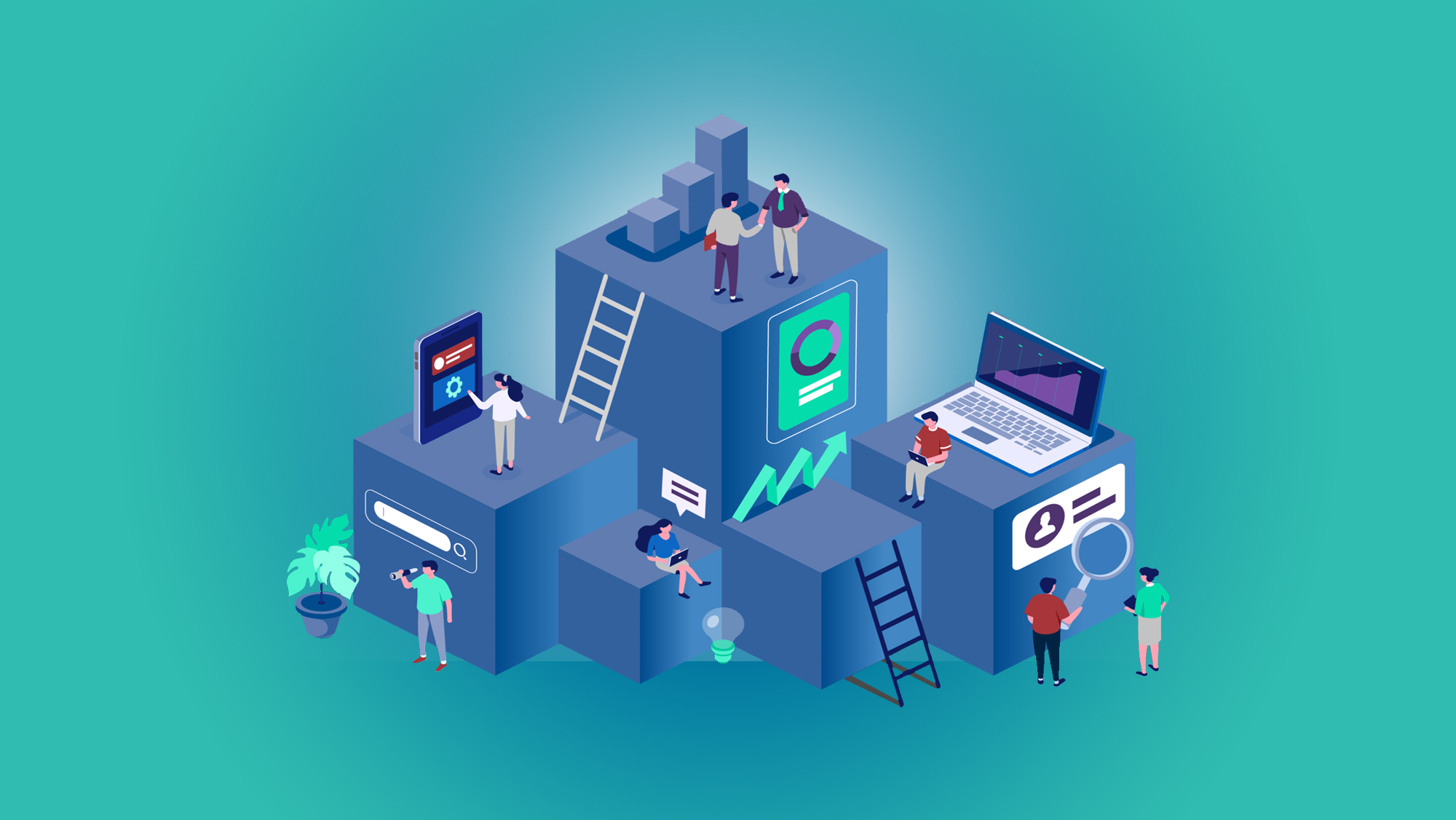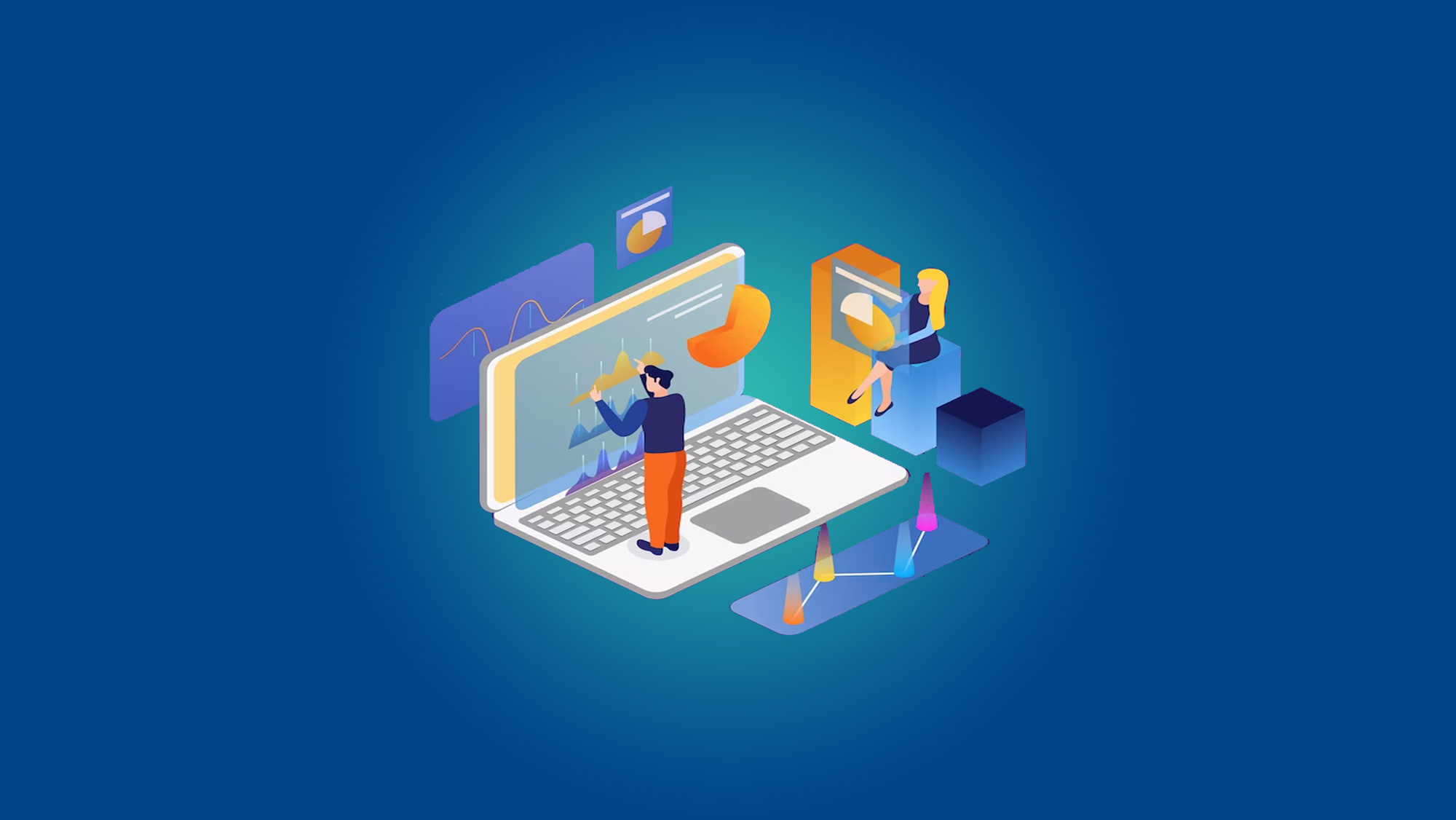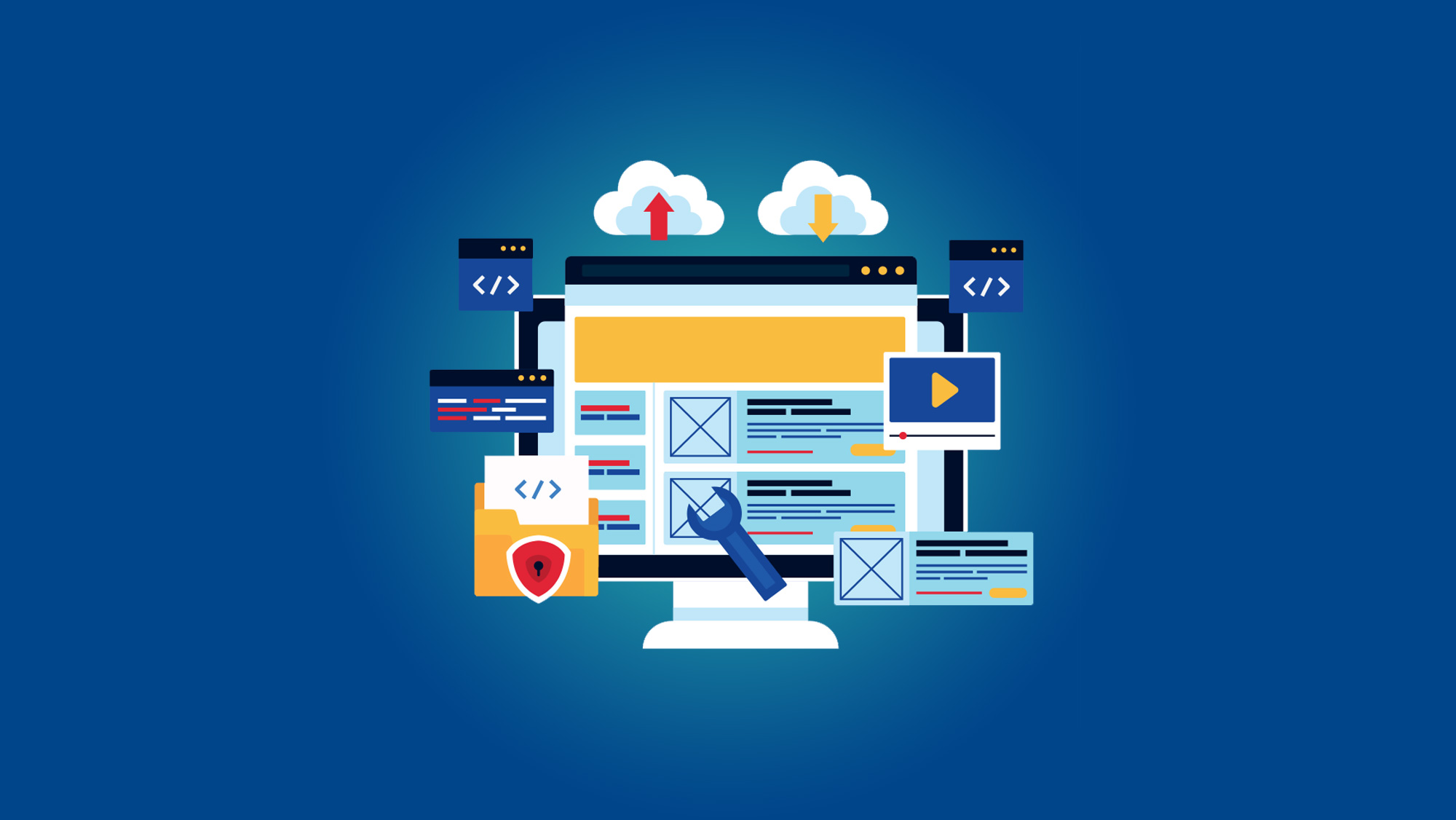OBIA Training Options
- Online Courses: Many universities and training institutions offer online courses specifically focused on OBIA. These courses provide in-depth knowledge of OBIA principles, techniques, and applications.
- Workshops and Seminars: Participating in workshops and seminars conducted by experts in the field of OBIA is another effective way to gain practical training. These events often include hands-on exercises and case studies to enhance understanding and application skills.
- Software Tutorials: OBIA software providers often offer tutorials and documentation to help users learn the features and functionalities of their tools. These resources can be valuable for self-paced learning and exploring the capabilities of OBIA software.
- Research Publications and Books: Keeping up with the latest research publications and books on OBIA can provide valuable insights and enhance knowledge in the field. These resources often delve into advanced OBIA algorithms, methodologies, and applications.
- Online Forums and Communities: Engaging with online forums and communities focused on remote sensing and image analysis can be an excellent way to learn from experienced practitioners, ask questions, and exchange knowledge on OBIA techniques and best practices.
Who can do OBIA Courses
OBIA courses are designed for a wide range of individuals who are interested in remote sensing, image analysis, and the application of OBIA techniques. This includes professionals working in fields such as environmental science, urban planning, agriculture, forestry, and natural resource management. Researchers, GIS analysts, remote sensing specialists, and graduate students in related disciplines can also benefit from OBIA courses. Additionally, individuals seeking to enhance their knowledge and skills in spatial data analysis and advanced image processing techniques can find value in OBIA courses.
Prerequisite for OBIA Courses
- Basic Understanding of Remote Sensing: Familiarity with the principles of remote sensing, including the acquisition, interpretation, and analysis of satellite or aerial imagery, is helpful for understanding the context of OBIA.
- Knowledge of GIS Concepts: A fundamental understanding of Geographic Information Systems (GIS) concepts, such as spatial data, coordinate systems, and basic geoprocessing operations, is often necessary as OBIA is closely related to GIS.
- Image Processing Skills: Proficiency in basic image processing techniques, such as image enhancement, filtering, and geometric correction, can provide a solid foundation for OBIA training.
- Familiarity with Software: Some OBIA courses may require knowledge of specific software packages commonly used in OBIA, such as eCognition, ENVI, or other similar tools. Familiarity with these tools or a willingness to learn them can be advantageous.
- Background in Environmental Sciences or Related Fields: Depending on the specific application area of OBIA, having a background in environmental sciences, geography, forestry, or related disciplines can provide a broader understanding and context for applying OBIA techniques.
OBIA Career Opportunities
- Remote Sensing Analyst: As a remote sensing analyst, you can utilize OBIA techniques to extract valuable information from satellite or aerial imagery. This information can be used for applications such as land cover mapping, change detection, and environmental monitoring.
- GIS Analyst: OBIA skills complement a career in Geographic Information Systems (GIS). You can apply OBIA techniques to improve spatial data analysis, object-based mapping, and geoprocessing tasks within a GIS environment.
- Environmental Scientist: OBIA techniques can be employed in environmental science to study land-use change, habitat analysis, ecosystem monitoring, and natural resource management. As an environmental scientist, you can use OBIA to support research and decision-making processes.
- Urban Planner: OBIA techniques can contribute to urban planning by providing insights into land use, transportation networks, and urban infrastructure. As an urban planner, you can leverage OBIA to analyze and assess spatial patterns and make informed planning decisions.
- Natural Resource Manager: OBIA can assist in the management and conservation of natural resources, such as forests, wetlands, and wildlife habitats. By using OBIA, you can assess ecological conditions, monitor changes, and develop sustainable management strategies.
- Researcher/Scientist: OBIA offers opportunities for research and development in the field of remote sensing and image analysis. You can explore advanced algorithms, develop new methodologies, and contribute to the advancement of OBIA techniques.
- Consultant: With expertise in OBIA, you can work as a consultant, providing specialized services to industries, government agencies, or research institutions in need of image analysis, spatial data interpretation, and mapping solutions.
Conclusion:
Object-Based Image Analysis (OBIA) is a powerful approach in remote sensing and image processing that offers a more accurate and detailed analysis of complex scenes. By segmenting and classifying images based on objects rather than pixels, OBIA enables valuable insights for various fields, including land cover mapping, urban planning, environmental monitoring, and natural resource management. With increasing demand for spatial data analysis and image interpretation, OBIA skills provide promising career opportunities in the fields of remote sensing, GIS analysis, and environmental sciences.







No Comments Yet
Let us know what you think